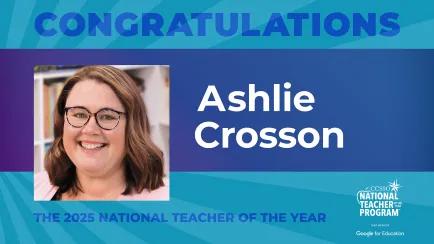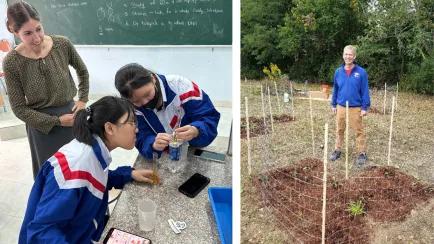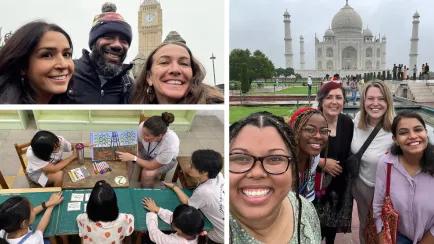Explore the catalog of free online courses
Educators who complete these courses will receive a digital badge from the U.S. Department of State and a certificate confirming five hours of independent professional learning for each course they complete. Enrollees can work at their own pace to complete the five hours of asynchronous instruction within each course’s open dates.
Global Education 101
Introduces educators to teaching for global competence. Educators who complete this introductory course can understand the foundations of global competence, grow as globally competent educators, and learn practical strategies for incorporating global education into the classroom.
Teaching Online for Global Competence
Equips educators with the knowledge and skills they need to be confident online global instructors. Educators who complete the course can explore frameworks, tools, and resources that can be used in global classrooms; facilitate virtual learning and collaboration; and engage students in cross-cultural community building.
Solving Global Problems
Provides educators with an understanding of problem-driven learning and how to apply it in their classrooms. Educators who complete the course can understand elements of problem-driven learning; apply problem-driven learning across content areas and grade levels; and strengthen students' global competencies by addressing real-world challenges.
STEM Innovations and Global Competence
Invites educators to explore the intersection of STEM subjects and global competence. Educators who complete the course can understand how STEM and global competence are related; develop skills to create STEM curriculum that fosters student innovation and global competence; build resources for establishing cross-cultural collaborations and integrating STEM topics; and learn how to empower students to solve global problems using STEM skills.






